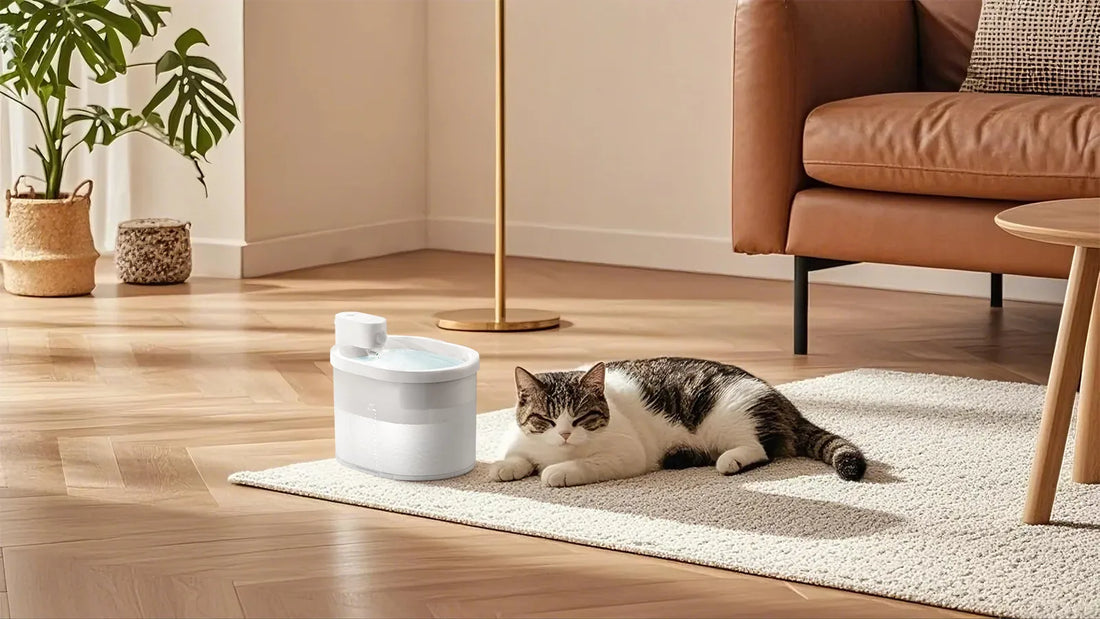If you’ve ever noticed your dog growling, snapping, or guarding their food bowl, you’re not alone. Many dog owners face this issue, and it can be both concerning and frustrating. Understanding why dogs become protective of their food bowls and learning how to address this behavior is essential for maintaining a peaceful and safe environment for both you and your furry friend.
Why Do Dogs Become Protective of Their Food Bowls?
Food guarding is a natural instinct for dogs, rooted in their survival instincts. In the wild, resources like food are scarce, and dogs must protect what they have to survive. This behavior can carry over into domestic settings, even when there’s no threat of food scarcity. Several factors contribute to a dog’s protective behavior around their food bowl:
- Instinct: As mentioned, guarding food is a survival instinct. Even well-fed dogs may feel the need to protect their meals.
- Past Experiences: Dogs that have experienced food scarcity or competition in the past may be more likely to guard their food.
- Anxiety or Fear: Some dogs may feel anxious or fearful that their food will be taken away, leading to protective behavior.
- Lack of Training: Dogs that haven’t been taught proper mealtime manners may develop guarding habits.
Signs Your Dog Is Protective of Their Food Bowl
Recognizing the signs of food guarding is the first step in addressing the issue. Common behaviors include:
- Growling or snarling when approached during mealtime >Stiff body posture or freezing when someone comes near their bowl >Snapping or biting if someone tries to take their food >Eating faster when someone is nearby
How to Manage and Correct Food Guarding Behavior
Addressing food guarding requires patience, consistency, and positive reinforcement. Here are some strategies to help manage and correct this behavior:
1. Create a Safe and Calm Mealtime Environment
Ensure your dog feels secure during meals by feeding them in a quiet, low-traffic area. Avoid approaching or disturbing them while they eat, as this can heighten their anxiety.
2. Teach the 'Leave It' Command
Training your dog to respond to the 'leave it' command can help reduce food guarding. Start by offering a treat and saying 'leave it.' When your dog stops trying to take the treat, reward them with a different treat. Gradually practice this with their food bowl.
3. Practice Hand Feeding
Hand feeding can help build trust and reduce guarding behavior. Offer small portions of food from your hand, gradually moving to placing the food in their bowl while they eat.
4. Use Positive Reinforcement
Reward your dog for calm behavior around their food bowl. For example, if they allow you to approach without growling, give them a treat or praise. This reinforces that good things happen when they’re not guarding their food.
5. Gradually Desensitize Your Dog
Desensitization involves slowly getting your dog used to your presence during mealtime. Start by standing a few feet away while they eat, gradually moving closer over time. Reward calm behavior with treats and praise.
6. Avoid Punishment
Punishing your dog for food guarding can worsen the behavior and damage your relationship. Instead, focus on positive reinforcement and patience.
When to Seek Professional Help
If your dog’s food guarding behavior is severe or poses a safety risk, it’s important to consult a professional dog trainer or behaviorist. They can provide tailored strategies and support to address the issue effectively.
Preventing Food Guarding in Puppies
Preventing food guarding is easier than correcting it. Here are some tips for teaching puppies proper mealtime manners:
- Handle their food and bowl frequently to get them used to your presence. >Practice taking their bowl away and returning it with a treat to build trust. >Feed them in a calm, secure environment.
Understanding why your dog is protective of their food bowl and taking steps to address the behavior can make mealtime a stress-free experience for both of you. With patience, consistency, and positive reinforcement, you can help your dog feel more secure and reduce their guarding tendencies. Remember, every dog is unique, so it’s important to tailor your approach to their specific needs. By fostering trust and creating a positive mealtime environment, you can strengthen your bond with your furry companion and ensure a harmonious household.













